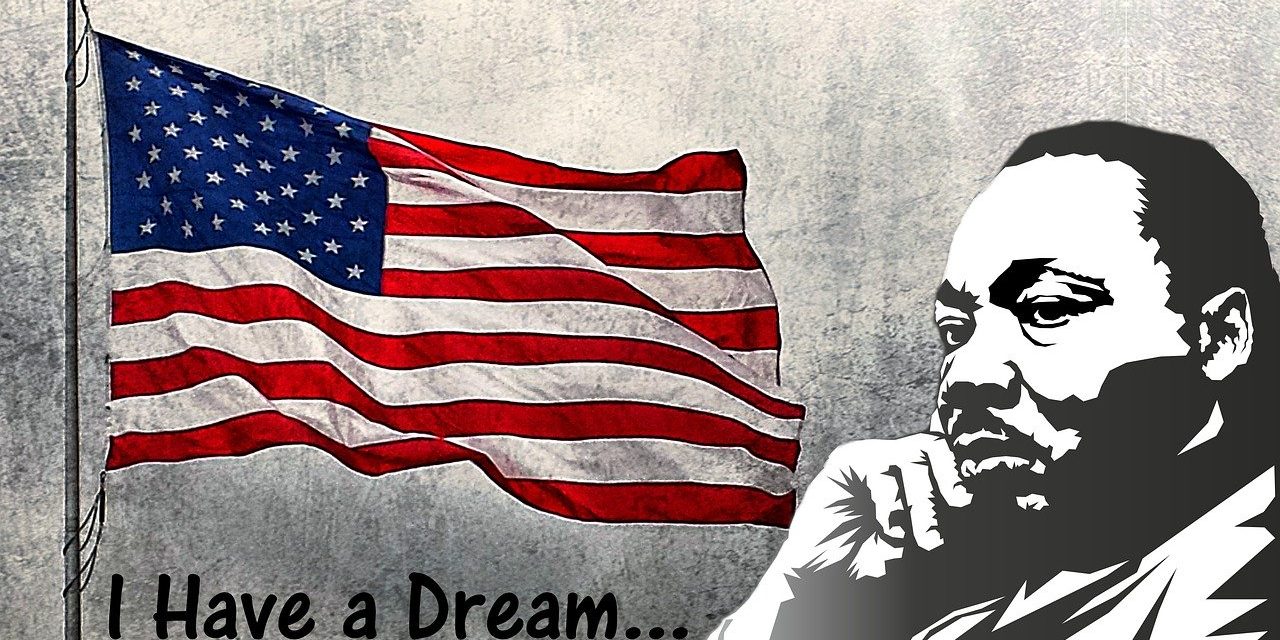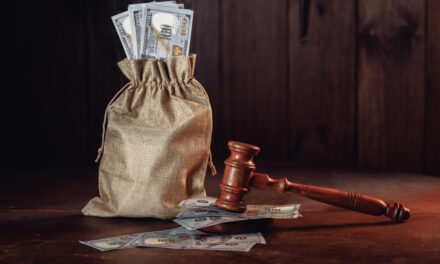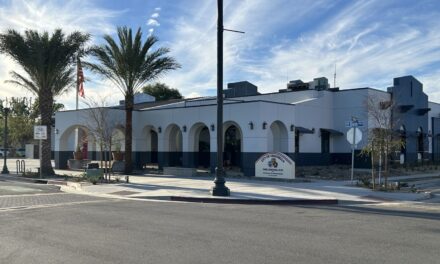On Aug. 28, 1963, Dr. Martin Luther King Jr. stood on the steps of the Lincoln Memorial on the National Mall to deliver his now-famous “I Have a Dream” speech. In it, the slain civil rights leader called for civil and economic rights and an end to racism in the United States.
He delivered the iconic speech during the March on Washington for Jobs and Freedom to more than 250,000 civil rights supporters. The speech was a defining moment of the civil rights movement and among the most iconic speeches in American history.
The dream he spoke of in that 16;27 speech is alive today as thousands march on Washington and around the globe in his honor to end systemic racism.
Beginning with a reference to the Emancipation Proclamation, which declared millions of slaves free in 1863, King said “one hundred years later, the Negro still is not free.”
Toward the end of the speech, King departed from his prepared text for a partly improvised peroration on the theme “I have a dream,” prompted by Mahalia Jackson’s cry: “Tell them about the dream, Martin!”
In this part of the speech, which most excited the listeners and has now become its most famous, King described his dreams of freedom and equality arising from a land of slavery and hatred. Jon Meacham writes that, “With a single phrase, Martin Luther King Jr. joined Jefferson and Lincoln in the ranks of men who’ve shaped modern America”.
The speech was ranked the top American speech of the 20th century in a 1999 poll of scholars of public address.
King was planning a national occupation of Washington, D.C., to be called the Poor People’s Campaign, when he was assassinated on April 4 in Memphis, Tenn. His death was followed by riots in many U.S. cities. Allegations that James Earl Ray, the man convicted of killing King, had been framed or acted in concert with government agents persisted for decades after the shooting.
Image Sources
- Martin Luther King Jr.: Pixaby



![Enrolling Now, Rewarding Careers Ahead [Sponsored]](https://ukenreport.com/wp-content/uploads/2024/04/COD_heroes_1-1385-2-440x264.jpg)



